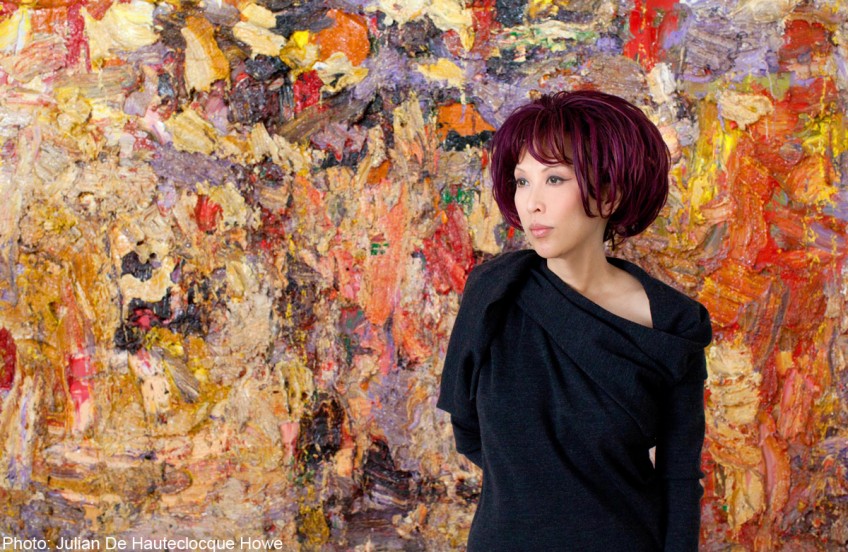Closure, opening of Gillman galleries

SINGAPORE - The enclave of pedigreed art galleries in Gillman Barracks ushers in the new year with additions and a closure.
Japan's Ota Fine Arts will move into a space four times the size of its current gallery on Jan 17. The prominent Pearl Lam Galleries from China also debuts on the same day.
Japan's Tomio Koyama Gallery, however, is bowing out next month to concentrate on its business in Tokyo. Ota's director Yasuko Kaneko, 33, says its move, from 47 Malan Road at one end of the sprawling cluster to 7 Lock Road in the middle of the enclave, will allow it to stage exhibitions of a larger scale. Its new 400 sq m premise was previously vacant.
Ms Kaneko says: "Our artists work not only with paintings but also huge installations and video works. In the new space, we have greater flexibility to cater to the artists' demands and this allows us to introduce them to viewers in Singapore."
A solo exhibition by contemporary Japanese artist Tomoko Kashiki, which features large-scale paintings, will inaugurate the new gallery.
Pearl Lam Galleries, on the other hand, will debut with an exhibition on contemporary abstract art in Asia and the West and feature artists such as established American painter Pat Steir, well-known Indonesian artist Christine Ay Tjoe and acclaimed Chinese artist Zhu Jinshi.
Its opening was first announced two years ago by the Singapore Economic Development Board (EDB), JTC Corporation and the National Arts Council, which are developing the arts enclave together.
Its launch, originally slated for last year, was stalled by its search for "a group of artists that fit our programme", says gallery director Keong Ruoh Ling.
The gallery, with homes in Shanghai and Hong Kong, aims to focus on South-east Asian art here, while also providing a platform for rising and established artists from the East and West to meet, interact and engage.
Ms Keong, 41, says: "We ambitiously want to craft a programme that brings the best talents to our space in Singapore, those most relevant to us and to the region, and it became clear to us that it is better to be ready than late."
Tomio Koyama Gallery leaves Gillman Barracks with a bang. Its swansong is a solo show by contemporary Japanese artist Nana Funo, which features large-scale works and an installation comprising 108 pieces of paintings.
Since the Tokyo gallery opened an outpost here in 2012, it has shown works by leading Japanese artists such as Yoshitomo Nara as well as artists from the region including Singapore's Ian Woo.
Late last year, however, the Japanese gallery underwent a round of re-organisation and decided to consolidate its operations to two galleries in Tokyo.
The gallery's owner, Mr Tomio Koyama, 50, tells Life!: "Gillman Barracks has provided us with many opportunities to develop our artists and showcase our works to an international audience. We are sad to leave Gillman Barracks. The closure of the Singapore gallery, however, is part of our regional strategy to consolidate operations in Tokyo."
He adds that "Singapore remains an important destination for us to discover regional talent", and it will continue to be part of the art scene here through participation in events such as the Art Stage fair as well as collaborations with art institutions such as the Centre for Contemporary Art in Gillman Barracks.
The director of EDB's lifestyle programme office, Ms Kow Ree Na, says that while the agency is "sad to see the Tomio Koyama Gallery go, EDB respects the gallery's decision to consolidate its gallery operations in Tokyo".
Besides changes to the line-up of galleries, the infrastructure of the enclave, formerly home to British army barracks, will be improved to enhance visitor experience.
Sheltered walkways will be built and more signs will be put up to give visitors directions. The infrastructure will also receive an upgrade to support more food and beverage outlets in the area. Work on these projects is expected to begin next month.
lijie@sph.com.sg

Get a copy of The Straits Times or go to straitstimes.com for more stories.